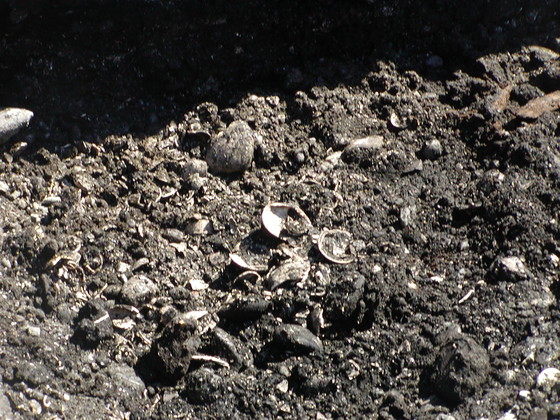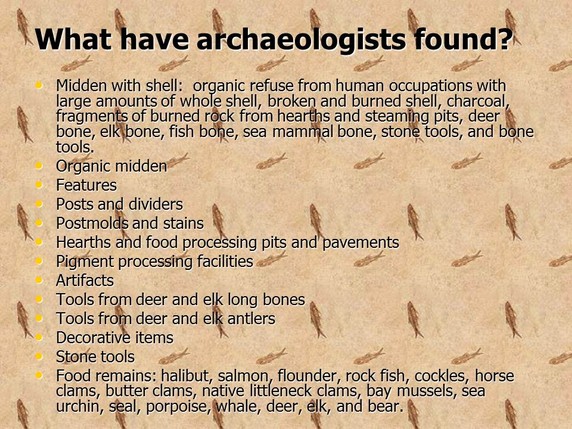By Jamie Valadez and Carmen Watson-Charles
How were the artifacts recovered? The first step was for archeologists, along with tribal members, to do field work. There would be a pair or group working together on an identified section of land divided up by a grid. They would use this grid to measure out units. These units are one by one meter squares. Many artifacts and human remains were found during fieldwork.
The tools the field workers used were a small paintbrush, a whisk broom and dust pan, small wooden spoons, skewers and a trowel. The cultural material or soil would be put into plastic bags.The workers were documenting information about the site. This was a long and tedious process that had them working literally on their hands and knees throughout the day.
When each team was finished with their excavation unit, the workers moved on to another unit.
The bags from the field were then transported to the water screen area. There was an average of 20 people working in the water screen area. The first step was to empty a plastic bag onto a set of four screens. Each screen had a different size mesh: one inch, one-half inch, one-quarter inch, and one-eighth inch.
The workers would then spray the cultural material with a hose. When the first screen was sifted, it would be moved to the sorting table. Then the next screen would be sprayed and so forth until all screens were done. At the sorting table the material was separated and then re-bagged and re-tagged.
In the bottom photograph you can see how the water screening operation was set up high off the ground. Along the fence, workers are spraying the screens and you can see the excess material that falls to the ground. There were thousands of bags to be screened.
There was another station set up to water screen the material. This station was focused on the huge pile that had already been excavated by a backhoe prior to when the fieldwork began.
After the screening process, all of the bags were then moved to the lab. This is where the artifacts were sorted once again, then cataloged and stored properly.
Over 100,000 artifacts have been cataloged so far and there is much more work that needs to be done. Many people are now working on identifying the artifacts and doing research to find out what each artifact was used for.
A common archeological find is shell midden. Shell midden is the leftovers from the food they ate. Shell midden was found through out the 22.5 acres and in the shell midden were numerous types of shellfish. For example, there was a shell midden full of purple sea urchins.
Photos


